Alternatives to RESIDENTIAL TREATMENT
WE HEAR THE MESSAGE OVER AND OVER
“WE TRIED EVERYTHING!”
Often when we speak to parents who sent their child to a residential facility, we hear the same things. Usually the parent describes their fears about the youth’s behavior. They convey the struggle they have being able to intervene. They express their frustrations that their child does not seem to listen to instructions. The parents often come with the belief – often fueled by educational consultants or others – that if the youth does not attend residential, they will end up on the streets or dead.
Residential treatment is not preventive care for imagined future behaviors.
Children live and develop in systems – familial, communal and societal. Removing a child does not aid the family in altering dysfunction or learning better methods to attune and connect. Therapeutic models require a sense of safety and connection to support healing and transformation. What is clear is that survivors of these facilities report that they lived in fear and isolation while in facilities. Removing a child does not cultivate connection.

“A model of care that disrupts relationships in favor of removing a child from their community is fundamentally flawed. As is a model which identifies a child as the primary cause of dysfunctional familial, communal, and societal systems.” -Dr. Vanessa Hughes
Here are several evidence-based alternatives to residential treatment facilities that are often bypassed when children are sent to residential care facilities by their parents or guardians.
If you are considering sending your child away, please reach out to us and request a facility report for the facility you are considering.
info@breakingcodesilence.org
Linking the Interests of Families and Teachers (LIFT)
Linking the Interests of Families and Teachers (LIFT) – This is a program designed to prevent the development of aggressive and antisocial behaviors in children in elementary school. The program is rated Effective. Youth who participated in the intervention demonstrated statistically significant reductions in physical aggression; in the initiation of alcohol ...
LifeSkills Training
LifeSkills Training – This is a classroom-based, drug abuse–prevention program for upper elementary and junior high school students. This program is rated Effective. Students who participated in the program reported a statistically significant decrease in the prevalence of cigarette, alcohol, and polydrug use; and slower growth in the initiation of substance ...
INSIGHTS into Children’s Temperament
INSIGHTS into Children’s Temperament – A school-based intervention program delivered to urban elementary students, with the participation of parents and teachers, to address disruptive behaviors. The program was rated Effective. In both studies, the authors found that the intervention had a marginal-to-moderate effect on behavior problems exhibited by children. ...
HOMEBUILDERS
HOMEBUILDERS – This is an in-home, family preservation service and reunification program for families with children returning from or at risk for out-of-home placement. The program is rated Effective. The treatment group had a statistically significant greater number of reunifications and reduced rates of out-of-home placement, compared with the control group. ...
Guiding Good Choices
Guiding Good Choices – This is a family-competency training program to promote healthy parent-child interactions and address children’s risk for early substance use. The program is rated Promising. Parent participants had a statistically significant improvement in intervention-targeted parenting behaviors, at 1-year posttest. Child participants had a statistically significant lower likelihood of ...
Great Life Mentoring
Great Life Mentoring – This is a one-on-one mentoring program in which youth referred from a community mental health agency receive support from adult volunteers with whom they spend 2 to 3 hours weekly on positive community activities. The program is rated Effective. The intervention was shown to be associated with ...
Functional Family Therapy (FFT)
Functional Family Therapy (FFT) – This is a family-based prevention and intervention program for dysfunctional youth, ages 11 to 18, who are justice-involved or at risk for delinquency, violence, substance use, or other behavioral problems. The program is rated Effective. Program participants showed a statistically significant reduction in general recidivism and ...
First Step to Success
First Step to Success – An early intervention program designed to identify children with antisocial behavior and introduce adaptive behavioral strategies to prevent antisocial behavior in school. The program is rated Effective. Participants showed improvements in adaptive behavior, less maladaptive behavior and aggression, and more attention to the teacher. There were ...
Families And Schools Together (FAST)
Families And Schools Together (FAST) – A multifamily group intervention program designed to build protective factors for children, empower parents to be primary prevention agents, and build supportive parent-to-parent groups. The program is rated Effective. Two studies found participants had fewer problem behaviors than their controls. There were mixed study results ...
Dropout Prevention Programs
Dropout Prevention Programs – School or community-based programs targeting frequently absent students or students at risk of dropping out of school. These programs are aimed at increasing school engagement, school attachment, and the academic performance of students, with the main objective of increasing graduation rates. The practice is rated Effective for ...


